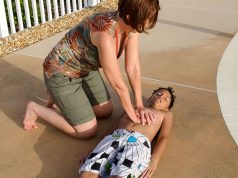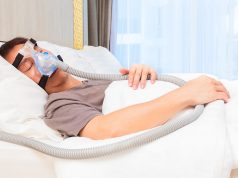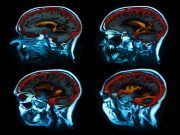AAN: Prior Psych Diagnosis Tied to Younger Age of Alzheimer Onset
Findings based on data from retrospective chart review of patients at tertiary specialty memory care center
Plant Protein Consumption Tied to Lower Risk for Death
Findings for all-cause, cardiovascular, and dementia-related mortality in women
Neurologic Involvement Common in Children Hospitalized With COVID-19
Twelve percent of those with neurologic involvement develop life-threatening conditions associated with COVID-19
2014 to 2019 Saw Increase in Prevalence of Autism in U.S. Children
From 2014 to 2019, prevalence remained stable among non-Hispanic Whites, while increases were seen in non-Hispanic Blacks, Hispanics
CV Risk Factors, Atherosclerosis May Alter Brain Metabolism
Cardiovascular risk, particularly hypertension, associated with brain hypometabolism in asymptomatic middle-aged adults
Egg, Cholesterol Intake Linked to Higher Mortality
Increased mortality associated with egg consumption largely influenced by cholesterol intake
Traumatic Brain Injury May Increase Risk for Sleep Disorder
Increased risk observed for any sleep disorder, including sleep apnea, insomnia, hypersomnia, sleep-related movement disorder
CVD Risk Factors Tied to Cognitive Impairment in Schizophrenia
Significantly greater global cognitive deficits seen in those with schizophrenia who had metabolic syndrome, diabetes, hypertension
Many Non-Whites Experience Discrimination in Alzheimer Disease Care
Overall, 36, 19, and 18 percent of Black, Hispanic, Asian Americans, respectively, believe discrimination is barrier to receiving care
CDC: 21,869 West Nile Virus Cases Identified in U.S. in 2009 to 2018
59 percent were neuroinvasive disease cases, which occurred more often with increasing age



















